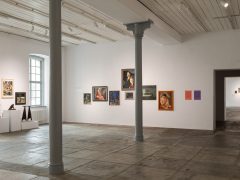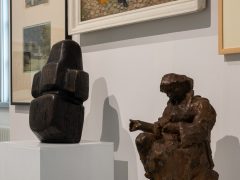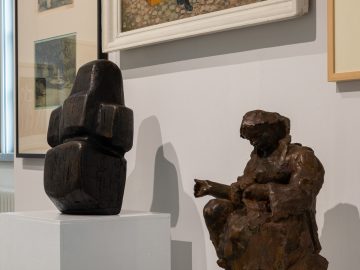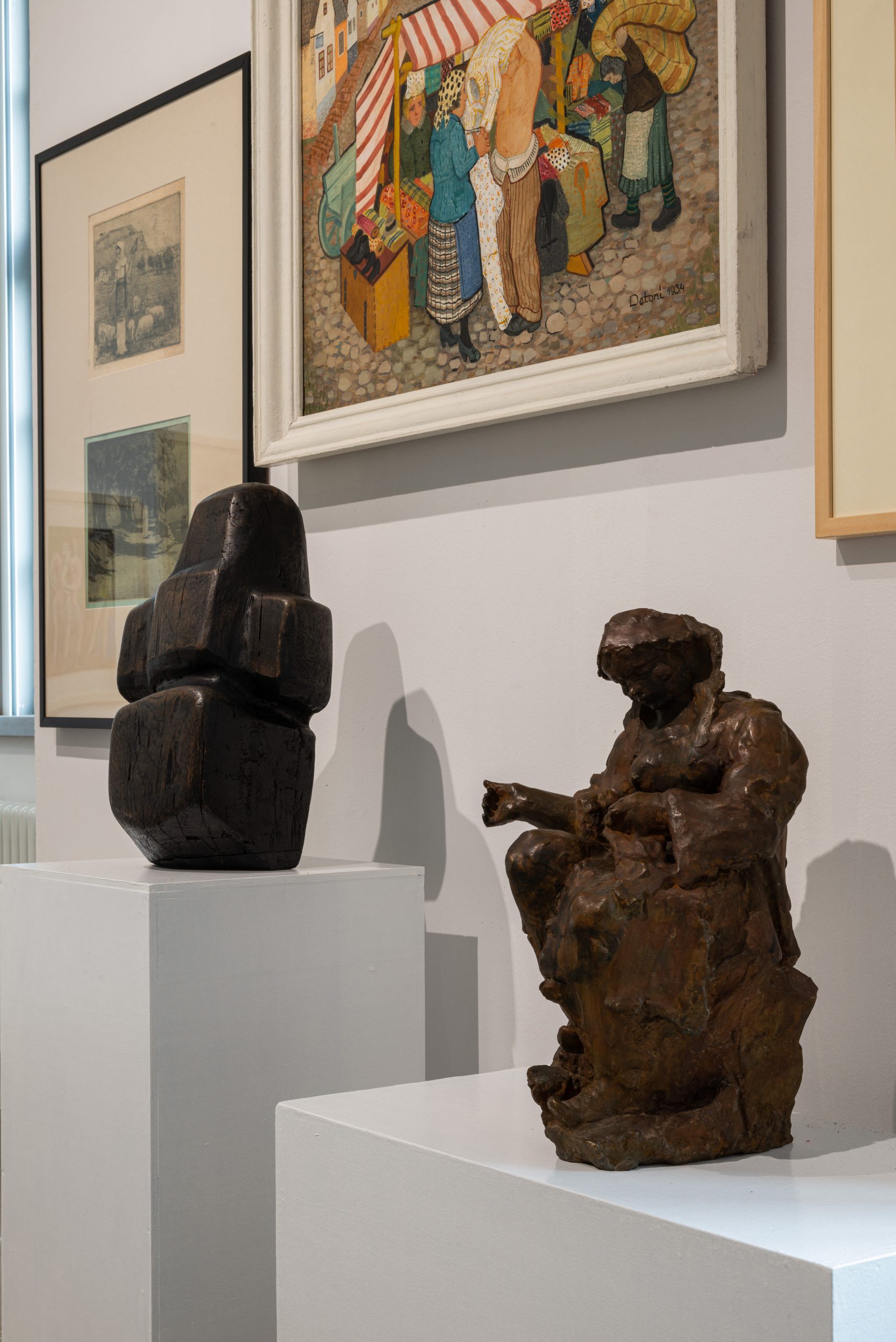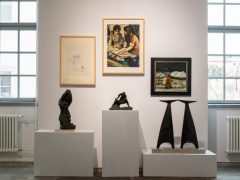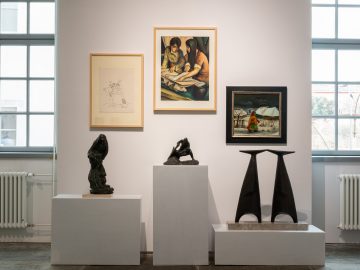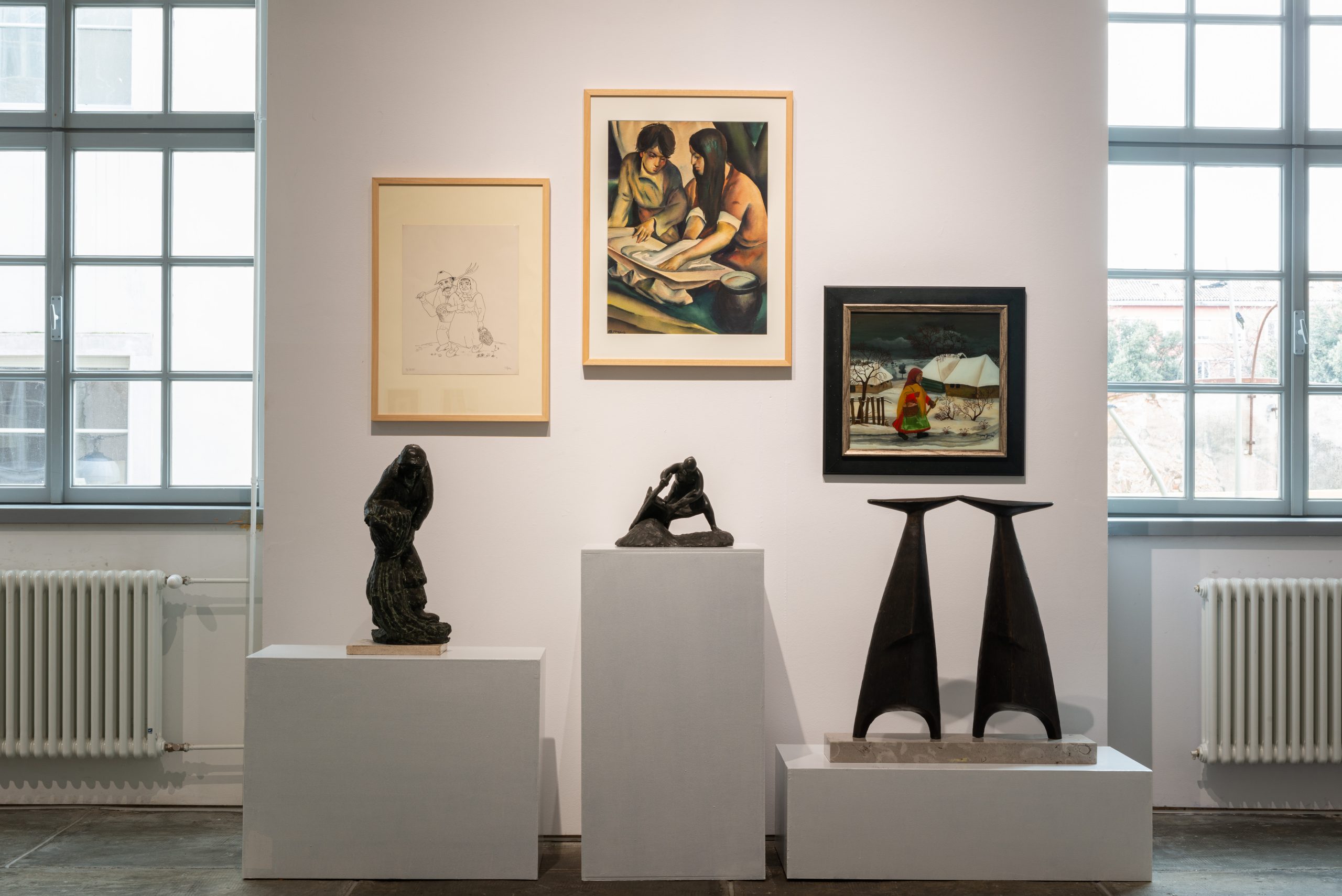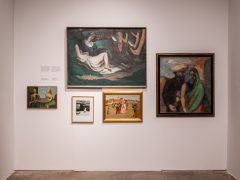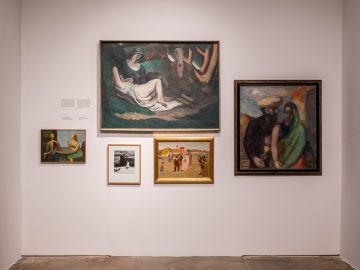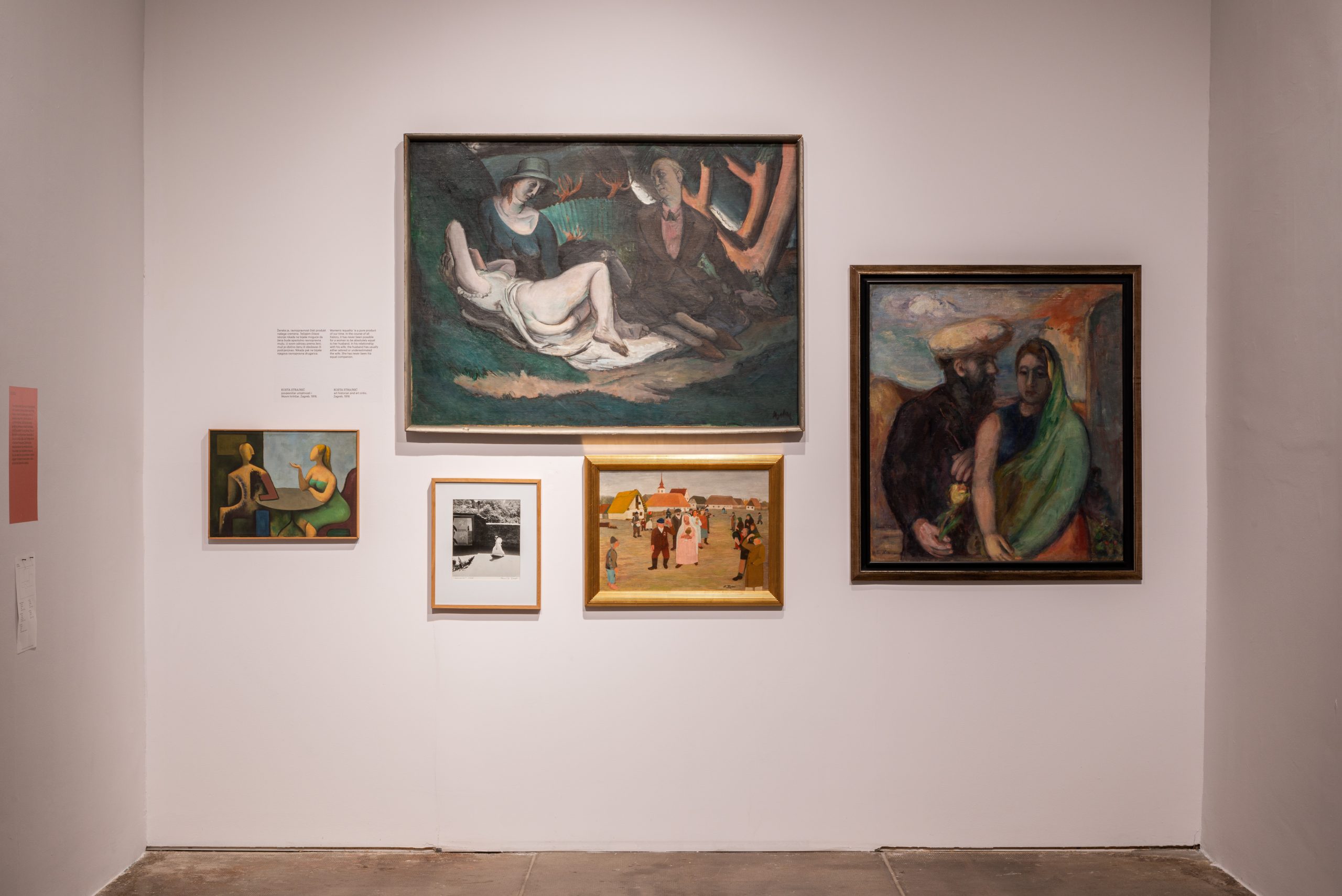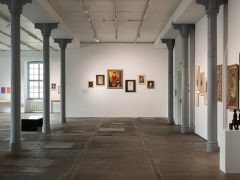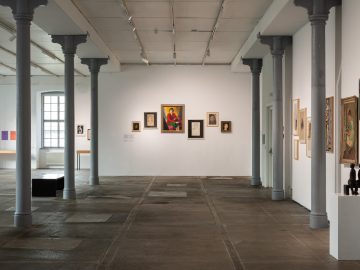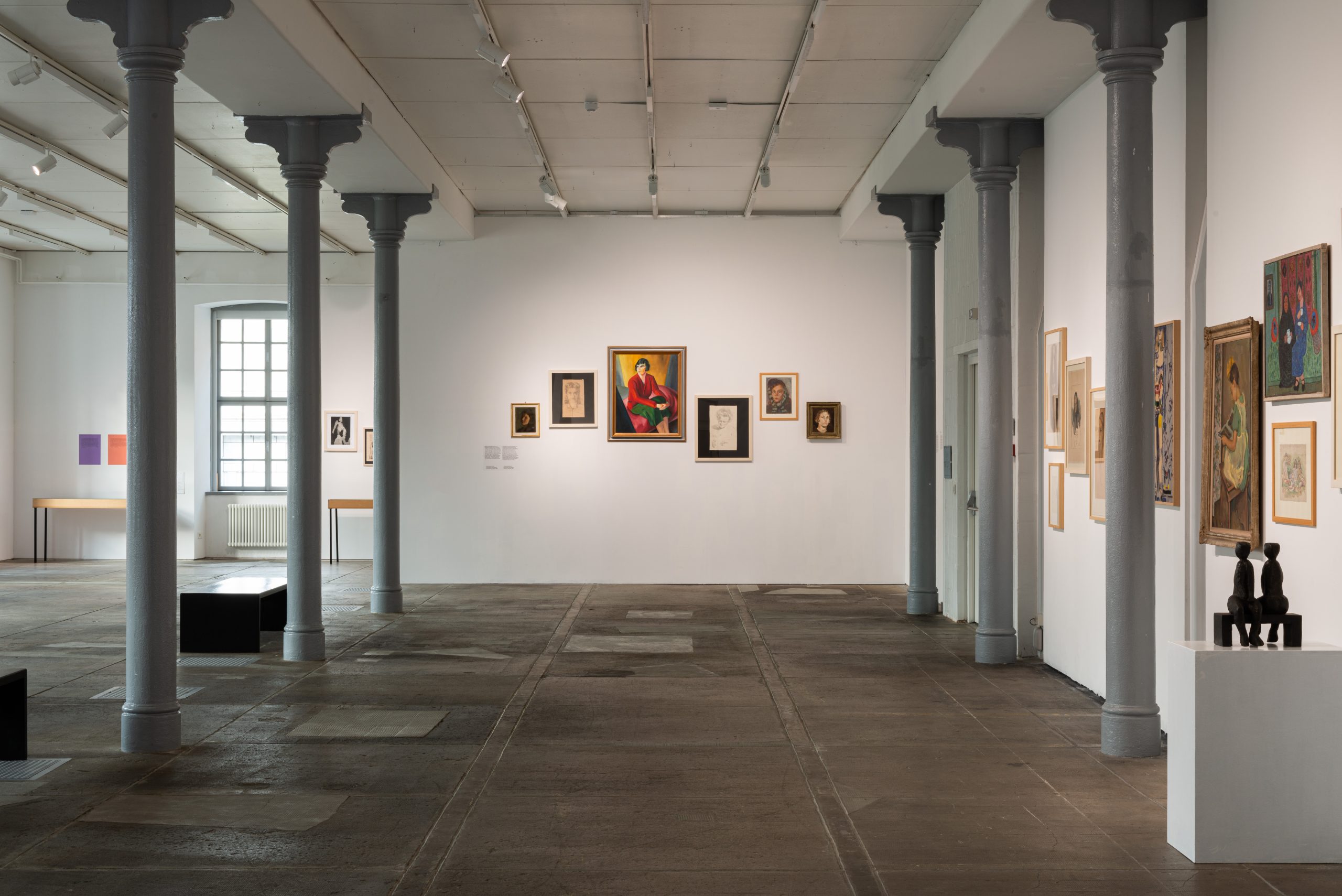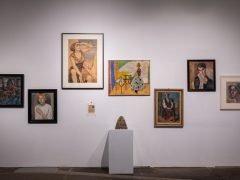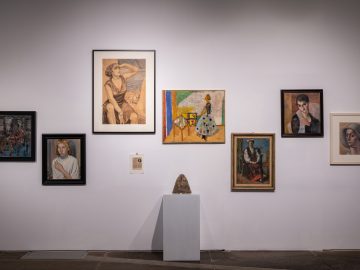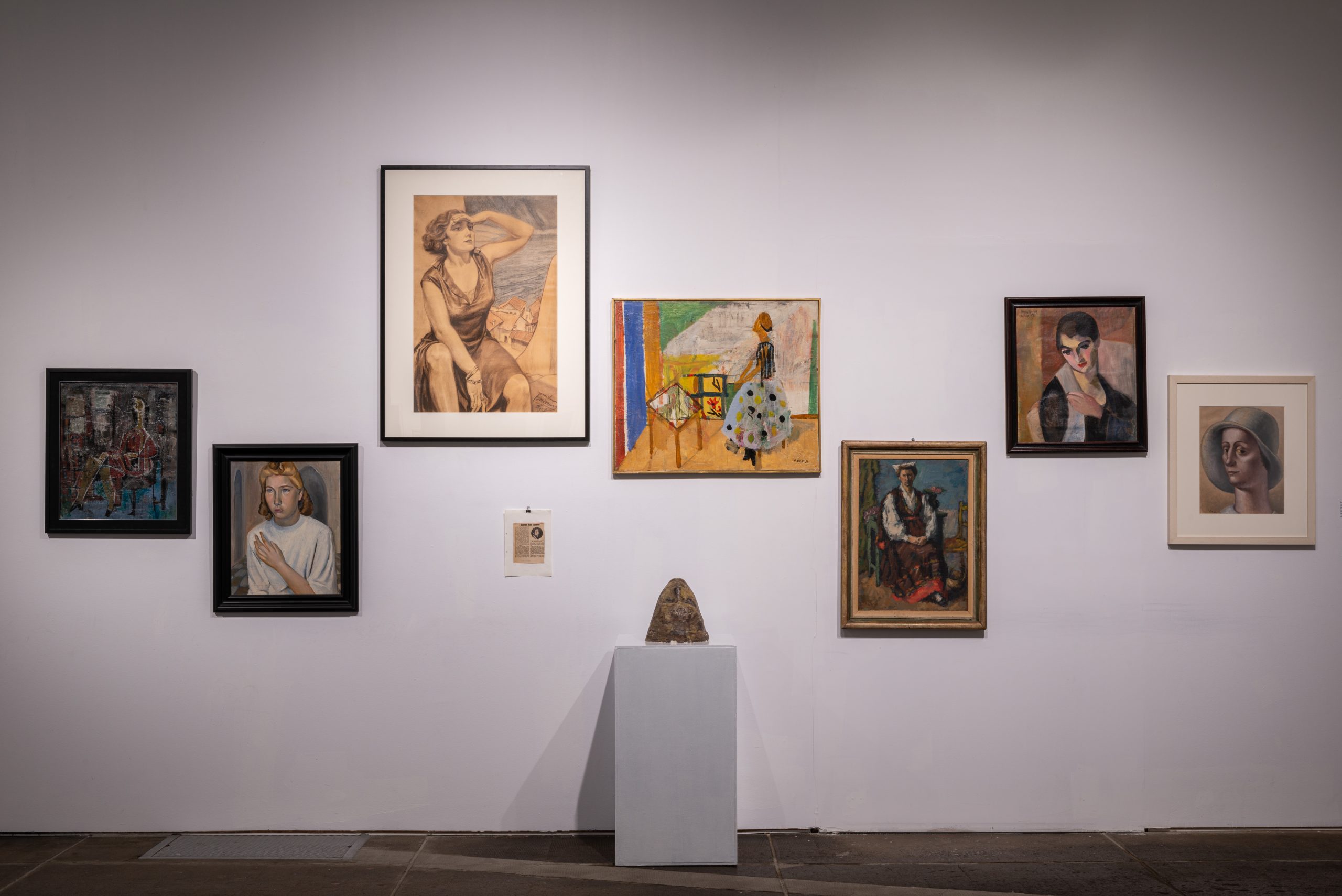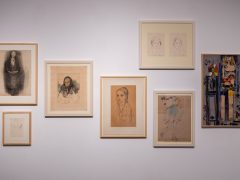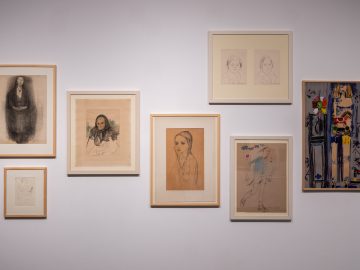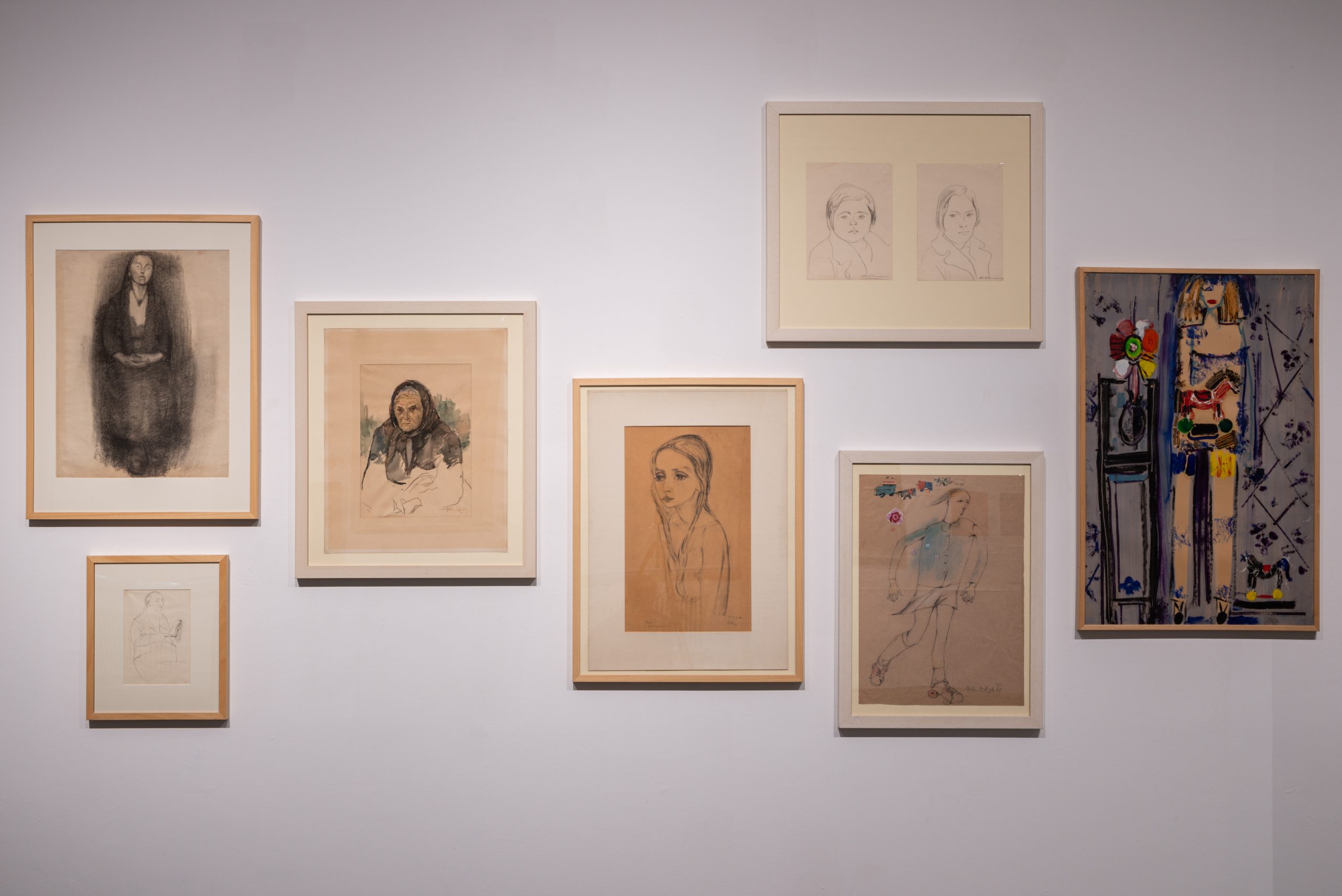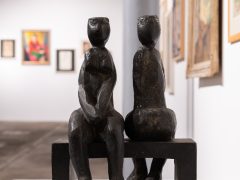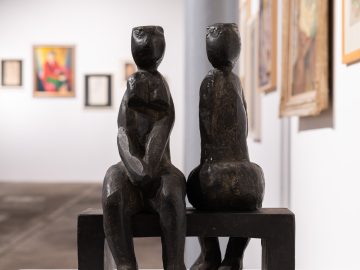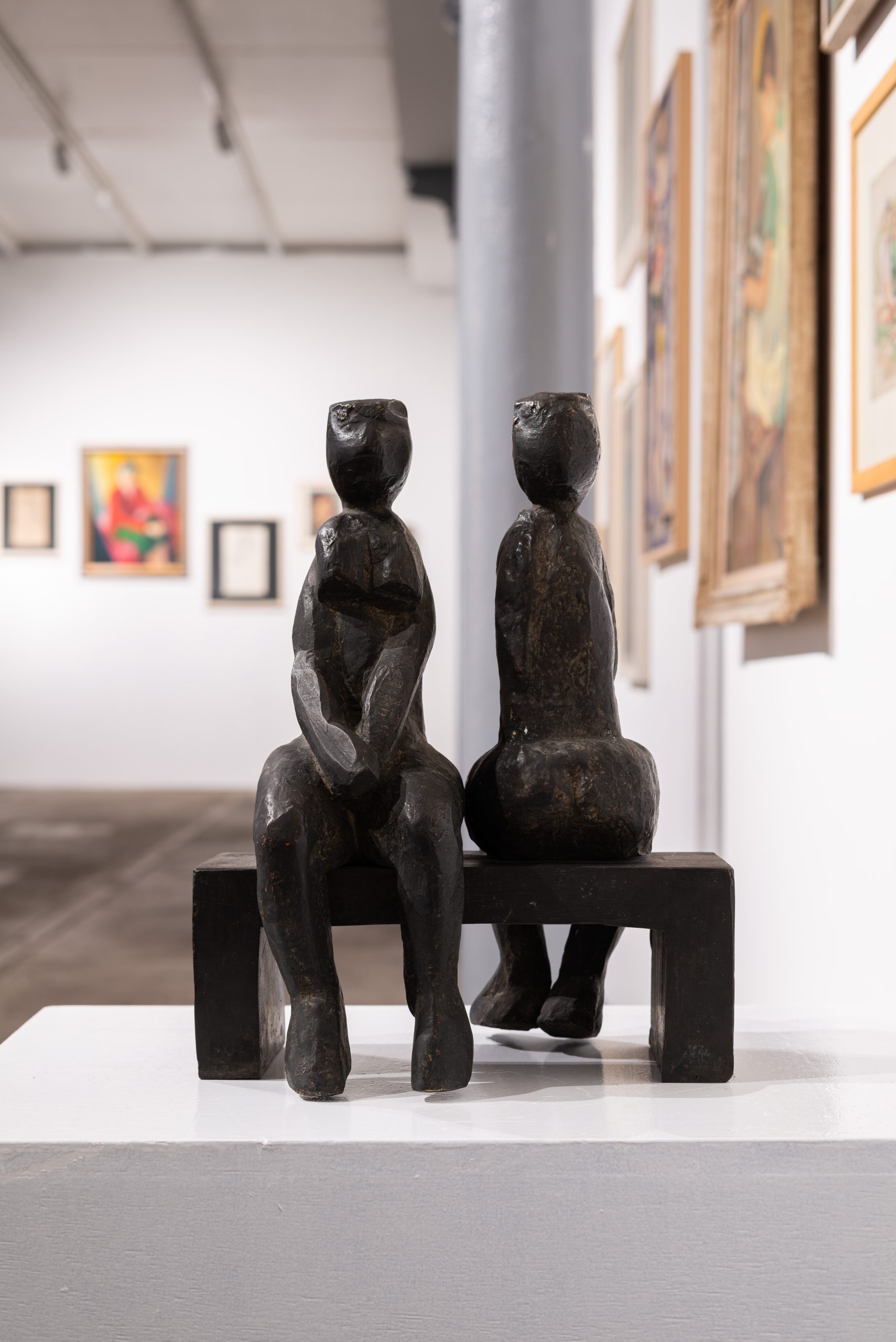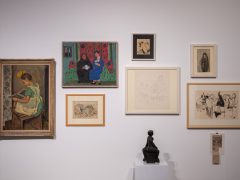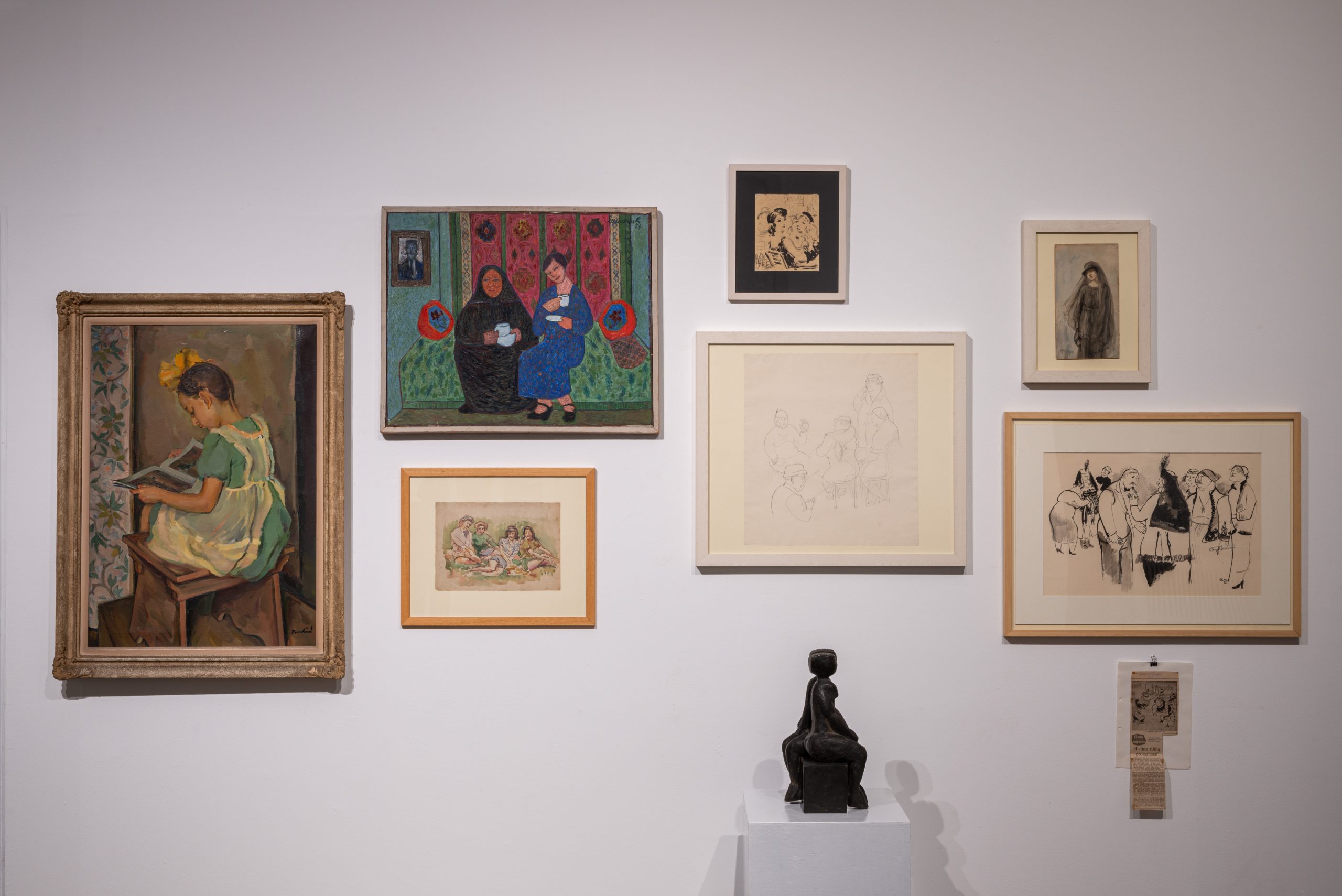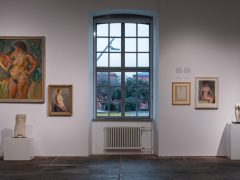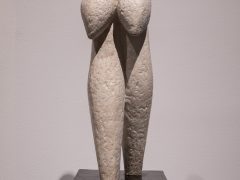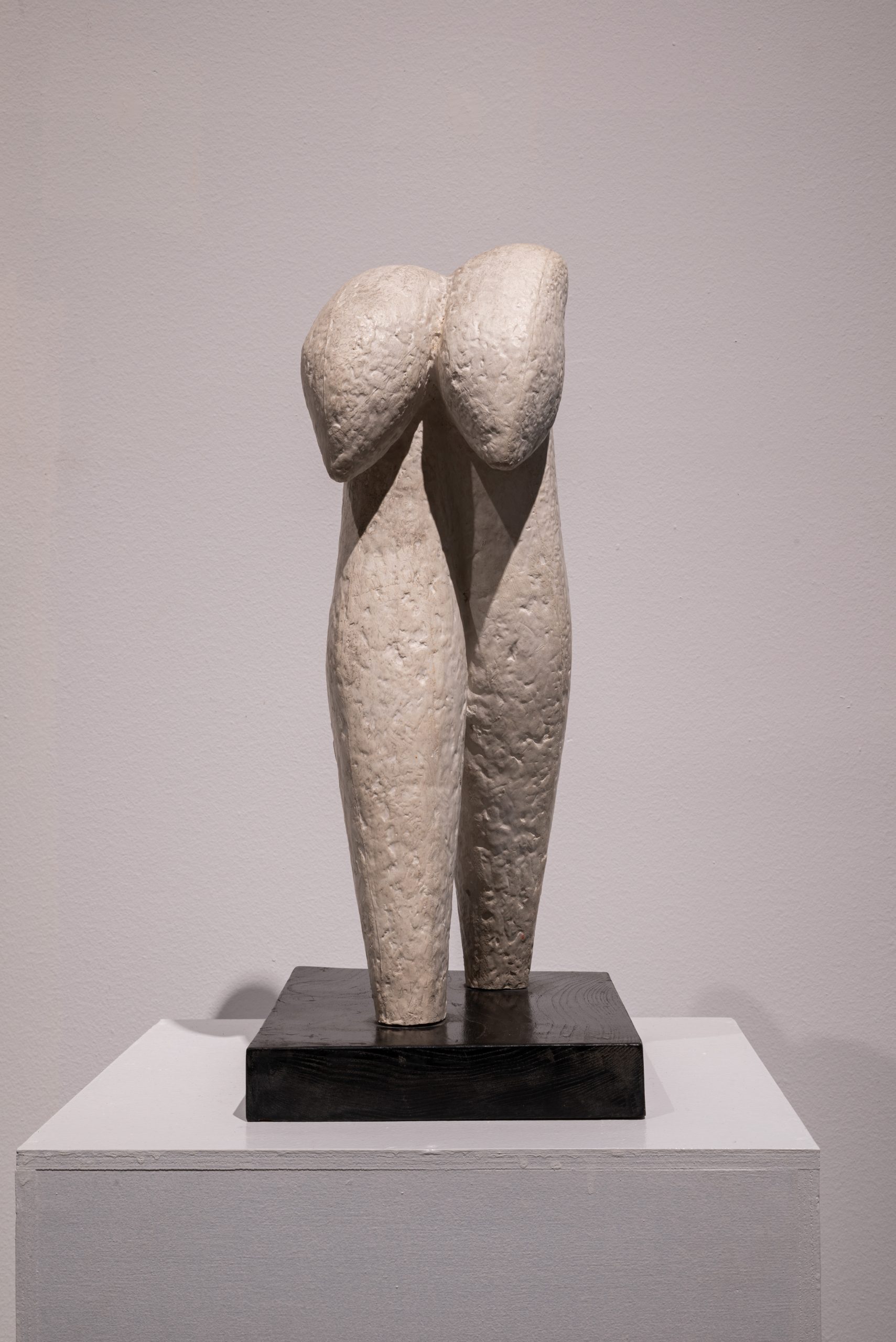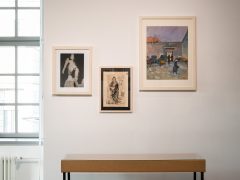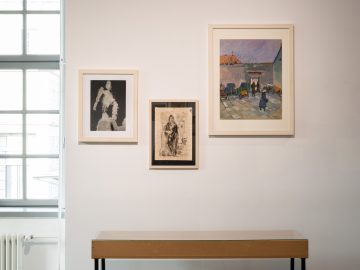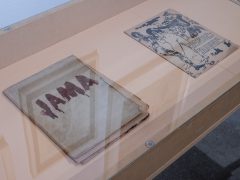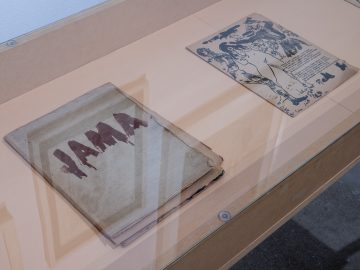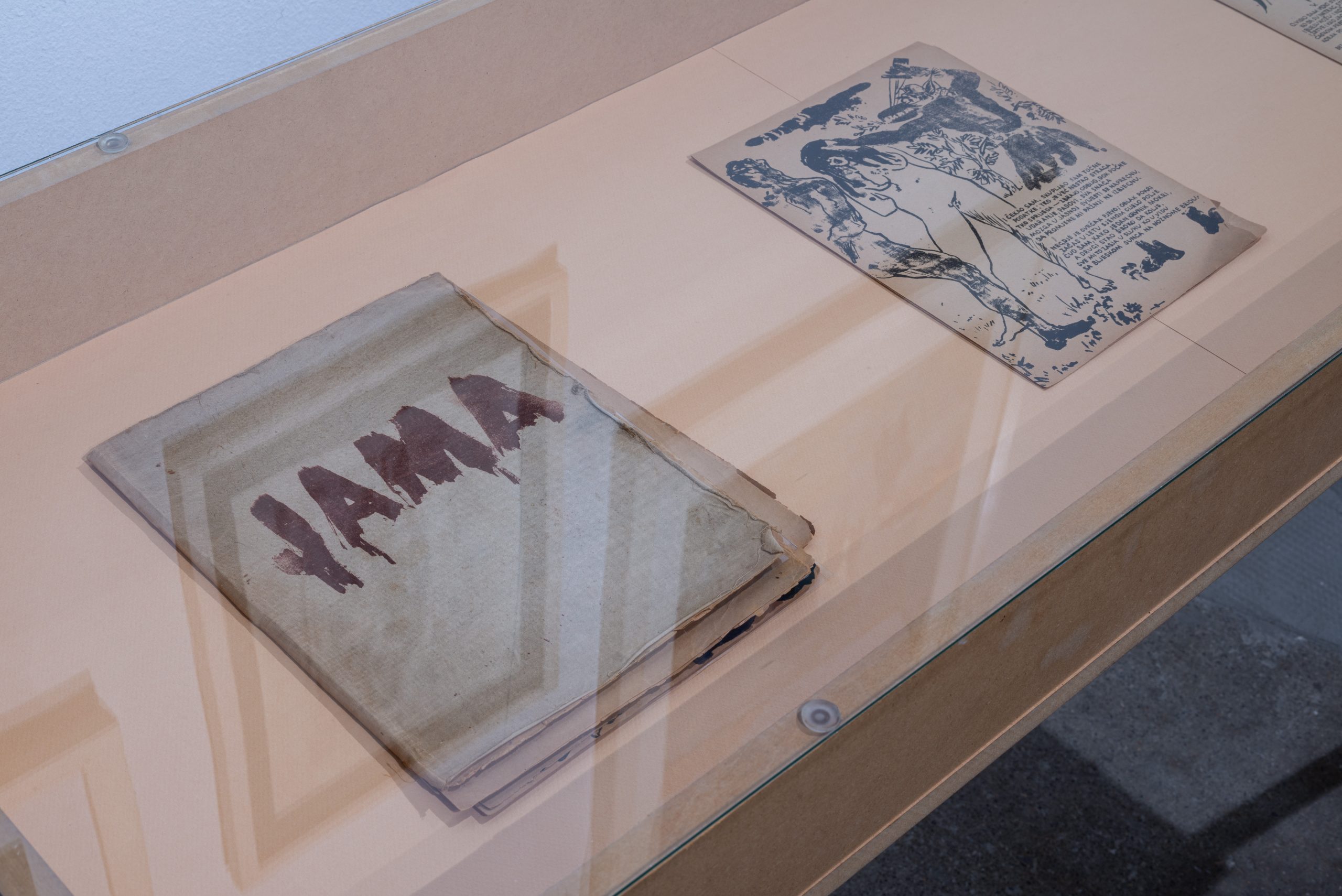WHERE IS A WOMAN’S PLACE?* – Women in Modern Art: an exhibition from the MMSU collection
27.2.–17.3.2024.
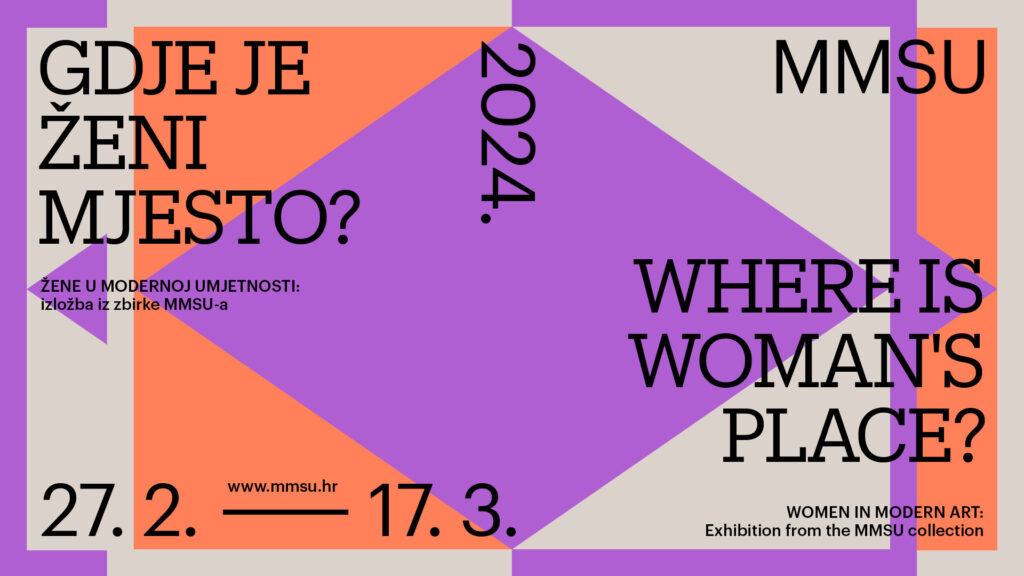
The Museum of Modern and Contemporary Art (MMSU) presents the exhibition “WHERE IS WOMAN’S PLACE?”, opening on 27 February at 19:00. The exhibition closes on 17 March 2024.
The exhibition gives an overview of artworks depicting women within the social context of the 20th century. These works, dating from the Croatian Moderna (early 20th century) to 1970, provide insight into the identities and roles of women, reflecting the societal norms and women’s positions within that time. It is important to view the works of art in their historical context, to understand the perspectives and circumstances of that particular period, but also to grasp how they are embedded in the present social reality. The gender and class aspects concerning both artists and observers are crucial for interpreting these works of art. Therefore, it is essential to consider how power relations, dominant structures and values of a given period and place shape artistic practice, representations, iconography and interpretation.
In the era of modernism, which began with urbanization and the formation of cities, there was a clear dividing line between public and private space. Public realm was reserved for men, while women mostly stayed in private spaces, devoting themselves to household and family responsibilities. This division was clearly reflected in the works of art as well. Women were often portrayed indoors, engaged in activities deemed appropriate for their gender, such as household and family-related chores, and personal hygiene care. The lack of external spaces or interaction with the environment is evidenced in the closed and static nature of the compositions, which indicates a limited system of movement and autonomy. From this, we can discern the prevalent interests and desired norms of behavior of the time.
The exhibition encourages the visitors to adopt an active stance and think critically about traditional gender positions. It is organized into segments dedicated to the different roles of women, observing how social narratives and norms are shaped within different class and gender relationships, spanning themes such as “Working Inside and Outside of Home”, “Motherhood”, “Female nude” and “Women in War”.
The display resembles condensed salon exhibitions as the forerunners of today’s exhibition practice. The exhibited artworks are not viewed merely as individual pieces, but rather as integral components of a broader social narrative and distribution of creative output. Moreover, the exhibition also includes old newspaper articles and excerpts from publications, along with critical discourse on the role of women, particularly concerning public engagement and their pursuit of equal status among colleagues, spouses, fathers, peers. As writer and publicist Zofka Kveder says, “It often amazes me how men like to talk about how their wives work, make soap, bake bread, cook meals, sew clothes… And then I think that there was no need for these wives to graduate from high school, when their men prefer them working as housemaids, instead of enjoying a spiritually higher and more beautiful life.” (1919)
While our focus may appear to be on the past, we actually talk about fears of women and women’s fears, which are part of today’s reality. We refer to artistic and curatorial projects and feminist interventions in art history, such as those by John Berger, Whitney Chadwick, Simona Ćupić, Ljiljana Kolešnik, Griselda Pollock, who advocate horizontal connections among women and men, as well as among women themselves, as an urgent necessity, regardless of the fact that changes are slow and discontinuous. And that is why, regardless of the tight deadlines and short duration of the exhibition, we are preparing it with enthusiasm.
*The exhibition’s title was conceived during the workshop ‘How does an exhibition come about? – Provide details!’ and was suggested by workshop participant Nena Blažević. Thematic descriptions inspired by particular artworks will be published during the exhibition.
he side program of the exhibition will be published on the museum’s websites and social networks.
Guided tours: on 14 March at 6 pm and on 16 March at 12 pm
LIST OF EXHIBITED ARTISTS:
Maria Arnold, Anna Antoniazzo Bocchina, Vjera Bojničić, Melita Bošnjak, Ante Brkan, Marija Braut, Bruno Bulić, Menci Clement Crnčić, Marijan Detoni, Ladislao de Gauss, Dragan Gaži, Vilko Gecan, Ivan Generalić, Branka Frangeš Hegedušić, Oskar Herman, Olga Jančić, Ksenija Kantoci, Gabrijela Kolar, Branko Kovačević; Ivan Goran Kovačić, Edo Murtić, Zlatko Prica; Miroslav Kraljević, Tomislav Krizman, Anka Krizmanić, Ferdinand Kulmer, Milena Lah, Stjepan Lahovsky, Maja Dolenčić-Malešević, Hrvoje Melkus, Jerolim Miše, Antun Motika, Vjekoslav Parać, Vladimir Pavoković, Pavao Perić, Zora Petrović, Oton Postružnik, Vlado Potočnjak, Vanja Radauš, Kosta Angeli Radovani, Božidar Rašica, Ivo Režek, Maksim Sedej, Ivan Sabolić, Jakov Smokvina, Miljenko Stančić, Vojislav Stanić, Vilim Svečnjak, Sonja Kovačić-Tajčević, Marino Tartaglia, Marta Ehrlich Tompa, Ivan Topolčić, Marijan Trepše, Vladimir Udatny, Milivoj Uzelac, Romolo Venucci, Božena Vilhar, Mirko Virius, Beta Vukanović, Jelica Žuža
IMPRESSUM:
Author’s concept: Iva Kelentrić
Curators: Ksenija Orelj and Iva Kelentrić
Museum technician: Anton Samaržija
Documentarist: Diana Zrilić
Conservator-restorer: Duška Sekulić Ćiković
Collaborators: Kora Girin and Sabina Salamon
Education: Ivana Golob Mihić
Proofreading and translation: Lidija Toman
Exhibition design: Ana Tomić and Marino Krstačić-Furić
Participants of the curatorial workshop: Nena Blažević, Gordana Domijan, Melisa Favretto, Jana Kačar, Ružica Mastelić, Magdalena Medved, Andrea Morelli, Lucia Paliska, Tina Tuš, Anamaria Šepl, Karla Štimac i Gordana Vrtodušić.
ACKNOWLEDGEMENTS:
Vesna Kedmenec Križić, Ljiljana Kolešnik, Dragana Kovačić, Dorijana Malinarić-Macan, Aleksandra Mirčić, Svetlana Mitić, Jasmina Jakšić Subić, Petar Petrović, City Library Rijeka
The exhibition was financed by the City of Rijeka and the Croatian Ministry of Culture and Media, as part of “Framing the Collection” project.
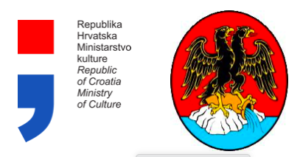
Opening: 27/2 at 7 pm
Gallery
